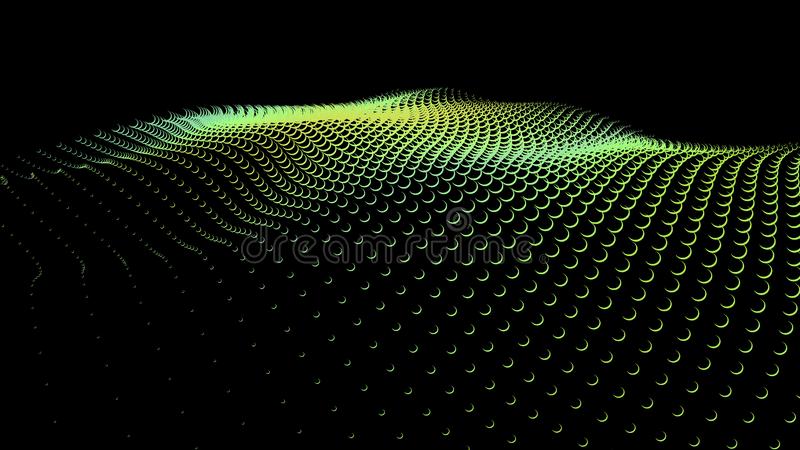Equalisation, or EQ, is the process of adjusting the balance of frequencies in an audio signal. It allows users to boost or cut the level of specific frequency bands in the signal, thereby giving the user the ability to shape the tonal characteristics of the sound to individual preference.
There are many different types of EQ, ranging from simple graphic Equalisers that allow users to adjust a fixed number of frequency bands to sophisticated parametric equalisers that allow for more precise control over many more specific frequencies.
Equalisation has a long history. Its roots date back to the early days of audio recording. The first EQ circuits were developed in the 1930s and, over time, they have become increasingly sophisticated and versatile.
Equalisation is used in many aspects of audio reproduction including music production itself, live sound reinforcement, audio recording and playback. In music production, EQ is often used to shape the characteristics of individual instruments or tracks in a mix. In live sound reproduction, it is used to balance the sound of a performance and compensate for the acoustics of the venue.
There are many different types of EQ filters that can be used to adjust the frequency spectrum of an audio signal. These include; high pass filters, which cut frequencies below a certain threshold; low pass filters, which cut frequencies above a certain threshold; and shelving filters, which boost or cut frequencies above or below a certain threshold.
Equalisation can be a powerful tool for refining the sound of an audio signal however, overuse of EQ can result in a cluttered or unnatural sound. It is important to remember that EQ is not a substitute for good source material or proper microphone technique. In the mastering process, EQ is often used to fine-tune the balance of frequencies in a mix and to ensure that the finished product is consistent across different playback systems.
Effective use of EQ requires good listening skills. It is important to be able to listen critically and make informed decisions about which frequencies to boost or cut in order to achieve the desired sound.
Overall, equalisation is an important aspect of audio production and sound reinforcement and is a valuable tool for shaping the tonal characteristics of an audio signal as desired by the producer or the preferences of the listener.

